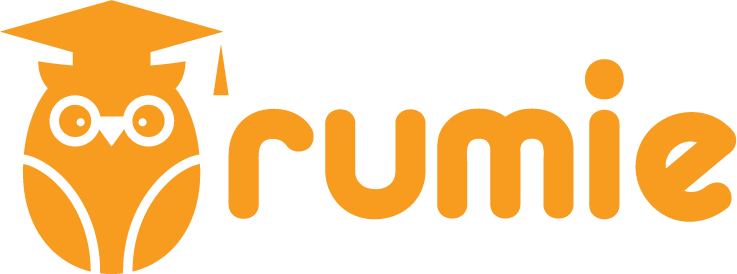You spend hours reading an article, and you come away feeling like you hardly learned anything. Sound familiar?
Even if you're an avid reader, reading something academic can often feel like you're just staring at a wall of text.
 Photo by Kenny Eliason on Unsplash
Photo by Kenny Eliason on UnsplashIf you use effective reading strategies, you can make reading articles from Google Scholar seem as easy as reading social media.
The trick is to break reading down into three steps: before, during, and after.
Before: Predicting
Predicting is a reading strategy you use before you start reading. The goal is to use what you already know about a topic to help you understand what you learn.
Compare watching a new Batman movie when you've seen the trailer and when you haven't. You probably have a better idea of who the villain is if you've seen the trailer, right? The trailer helps you make predictions about the movie.
Making predictions for reading is the same idea.
 Photo by Serge Kutuzov on Unsplash
Photo by Serge Kutuzov on UnsplashTo make predictions about an academic text:
Read the title
Skim the first few paragraphs
Skim the last paragraph
Write down 3-4 ideas about what the text might be about
Don't worry about being wrong. The goal of this reading strategy isn't to guess correctly, it's just to help you think critically about the text and to help you get ready to read it.
Quiz
Predict what the rest of this Byte is about. What should you do?
During: Annotating
Annotating is a reading strategy where you write on a text while reading it. It helps you stay focused, identify important info, and review the text when you're finished reading.
 Photo by Jazmin Quaynor on Unsplash
Photo by Jazmin Quaynor on UnsplashWhile annotating:
Highlight keywords
Paraphrase important information in the margins or on a separate sheet of paper
Draw arrows to connect ideas
Write questions to yourself about the material
Look at this academic abstract — the word "quality" comes up a lot. It would be a good idea to highlight that word, draw lines between where it's used, and write some notes about it to help you understand the technical term "LQH".
After: Summarizing
Summarizing is a reading strategy you can do after you finish reading. It might sound weird to call this a reading strategy because you'll be writing, not reading, but it solidifies what you learned while reading.
Identify 3-5 main points from the text you've just read. This will be easier if you've been annotating along the way.
The final product isn't as important as the fact that writing the summary helps you better understand what you've read — just like how talking about a movie with a friend after you've watched it makes it easier to remember the details of the movie.
 Photo by Jeremy Yap on Unsplash
Photo by Jeremy Yap on UnsplashTake Action
Go find a difficult academic article and try these reading strategies! That brick wall will suddenly look a lot clearer.
 Photo by priscila rojas on Unsplash
Photo by priscila rojas on UnsplashYour feedback matters to us.
This Byte helped me better understand the topic.
